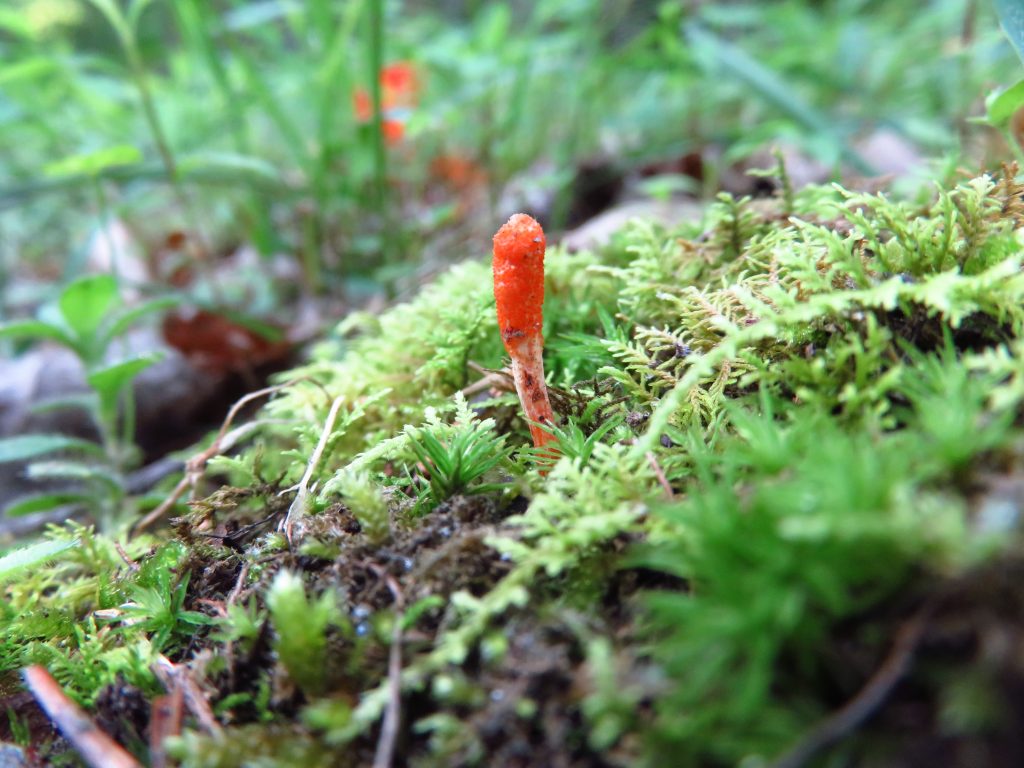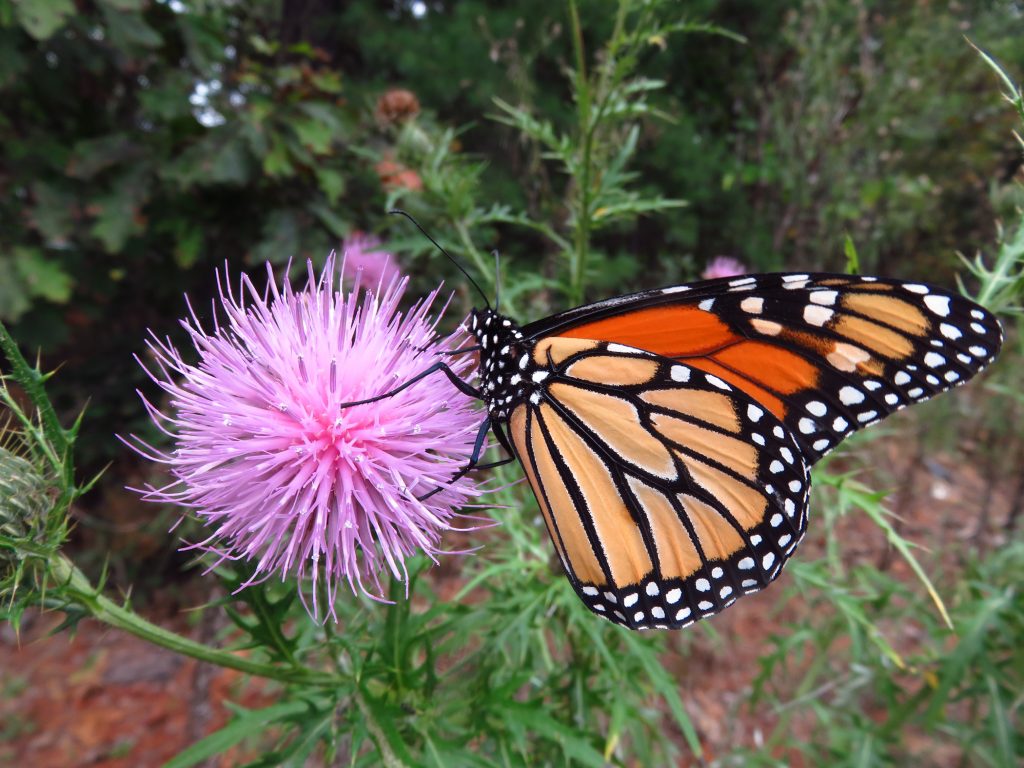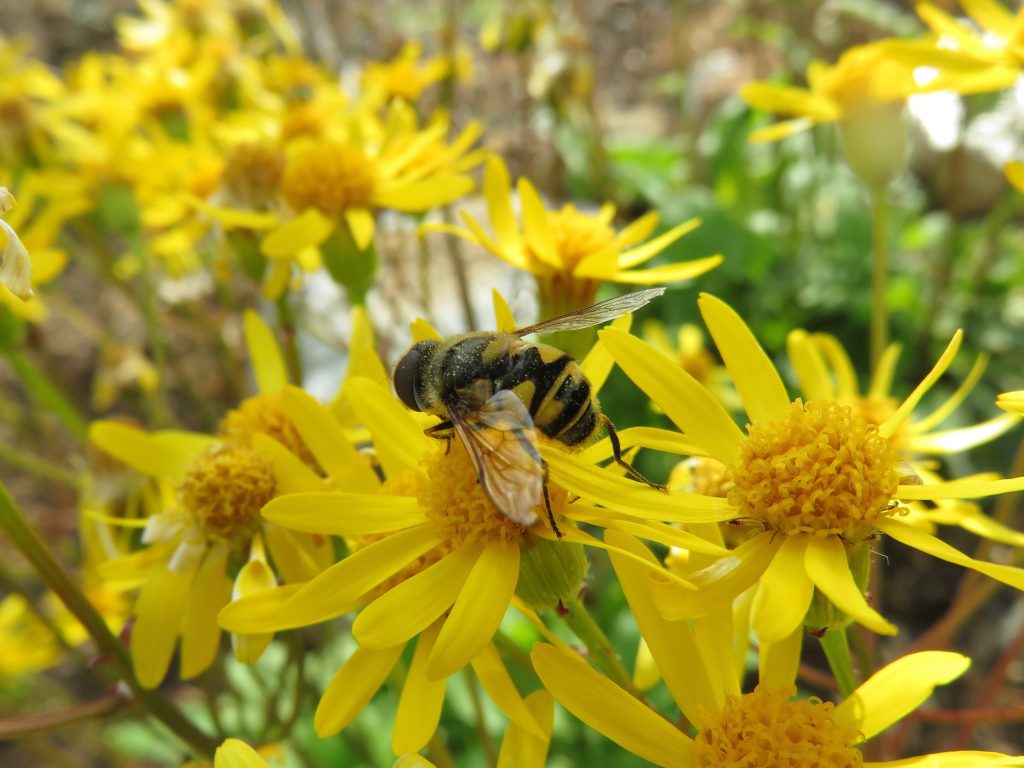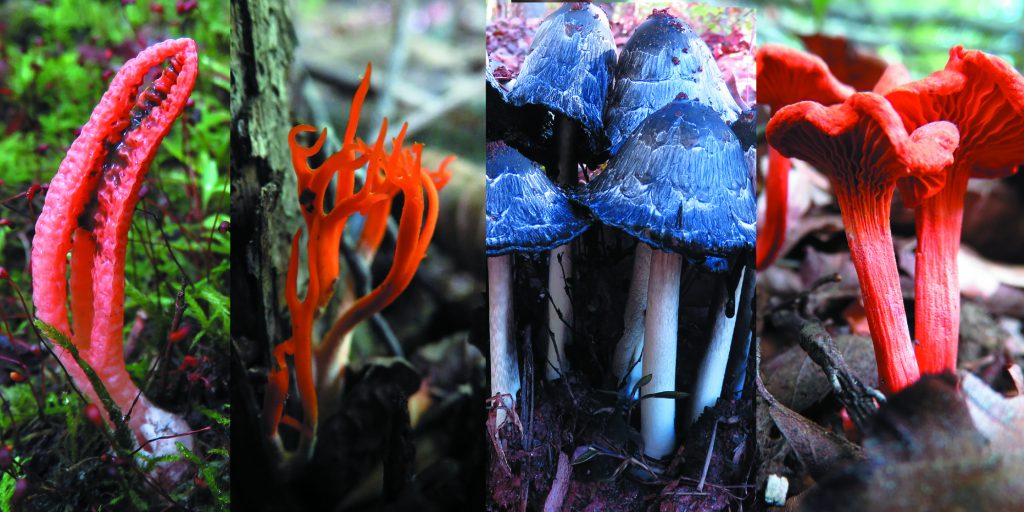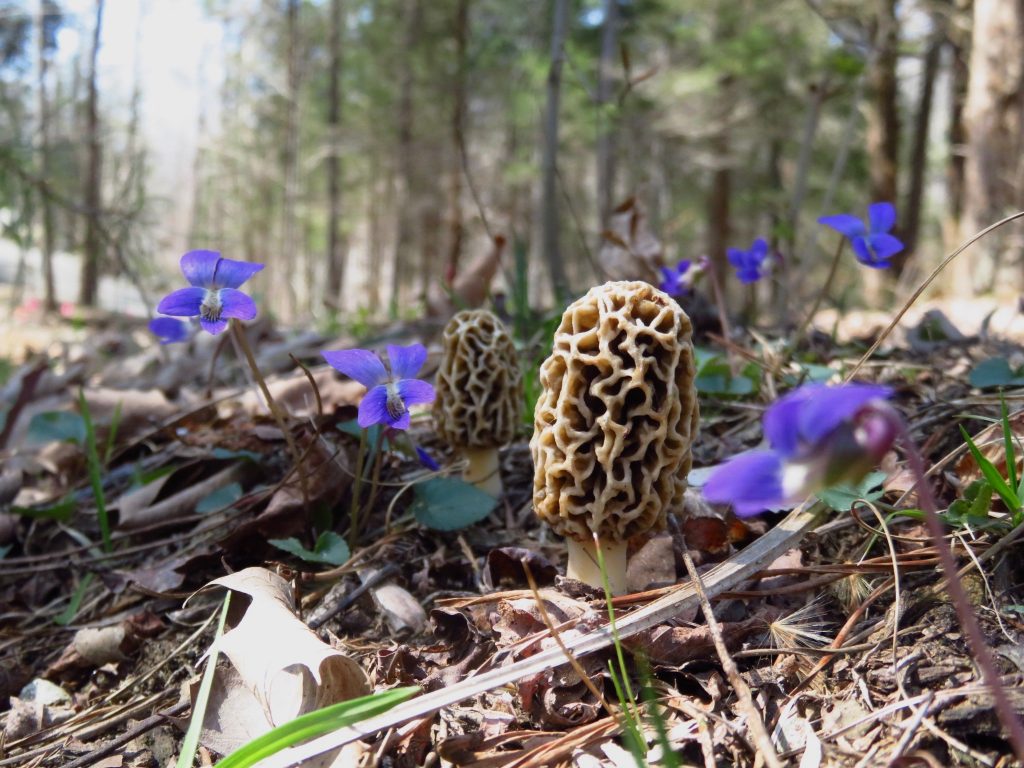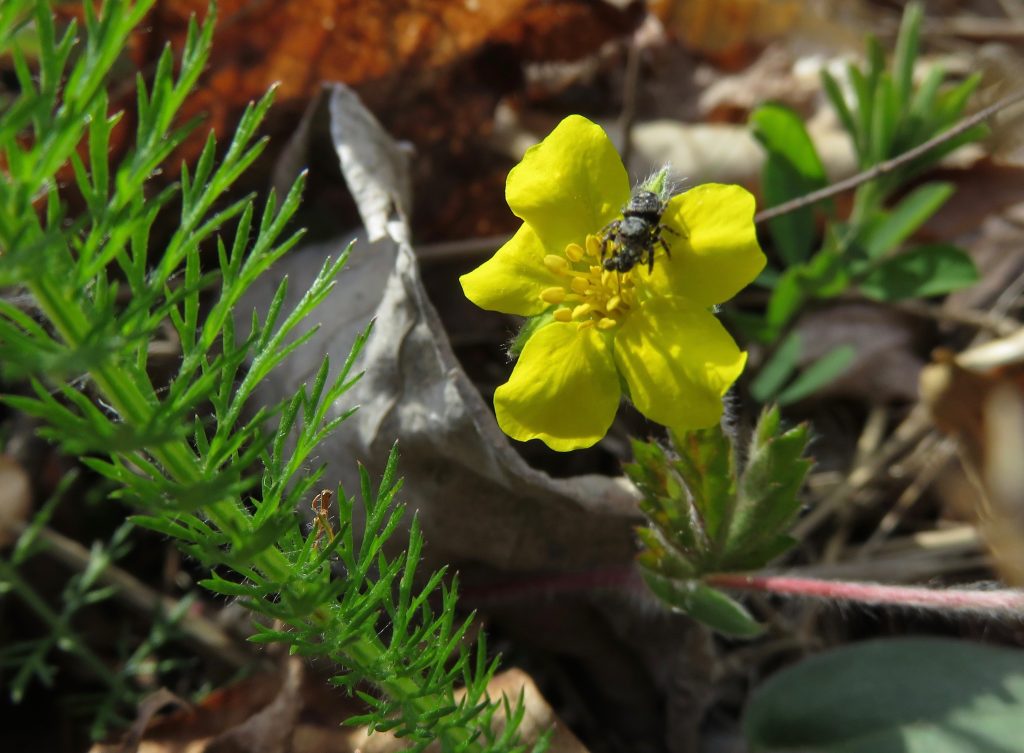Two distinct geological formations underlying the Quarry Gardens contribute to a wide array of ecosystems. Add to that the decision to model here the most inclusive plant communities possible, and the result within these 40 acres is the largest documented number of Virginia native plants of any botanical garden in the commonwealth.
Legacies
The great variations found here—in soil, elevation, aspect, moisture—offer wonderful gardening potential. The goal of the gardens is to protect, advance succession, and build out native plant communities in 14 ecozones and 7 conservation areas found immediately surrounding the quarry pools. Knowing what to plant required a thorough study of what was already here: the trees, shrubs, herbaceous plants, ferns, fungi, reptiles, amphibians, insects, and birds that made up the existing ecosystems. Surveys of biota (which continue) as of late summer 2019 produced a list of naturally occurring species—some 550 flora (503 native), 300 fauna—including 56 species not previously reported in Nelson County. Together with about 100 local species introduced in the Galleries, the total is more than 950.
The Galleries
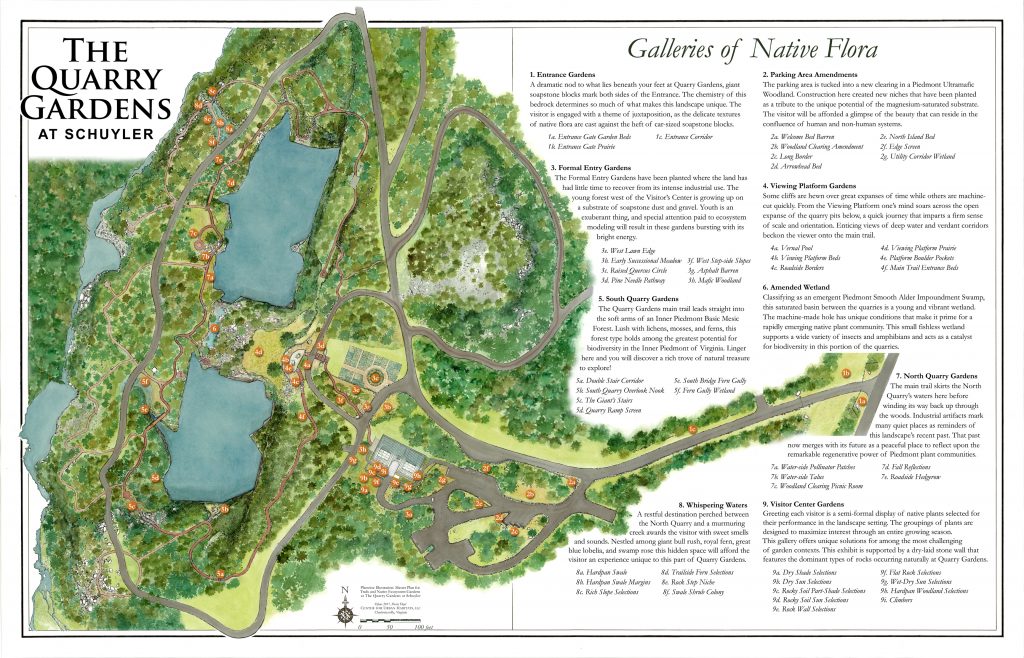 The loose chain of 34 designed Galleries along the main trails includes prairies, butterfly and pollinator gardens, an amended wetland, three vernal pools, barrens, a fern gully, and a waterside talus. In all, nearly 50,000 plants of 198 species have been integrated into the galleries. See the status of each in The Native Flora Galleries database.
The loose chain of 34 designed Galleries along the main trails includes prairies, butterfly and pollinator gardens, an amended wetland, three vernal pools, barrens, a fern gully, and a waterside talus. In all, nearly 50,000 plants of 198 species have been integrated into the galleries. See the status of each in The Native Flora Galleries database.
Every month that the Gardens are open to visitors—April to November—something exciting will be in bloom. Come and be surprised!
CUHs’ surveys of the 40 acres between 2015 and 2020 produced a map of natural communities associated with elevation, keyed to a narrative of flora.
